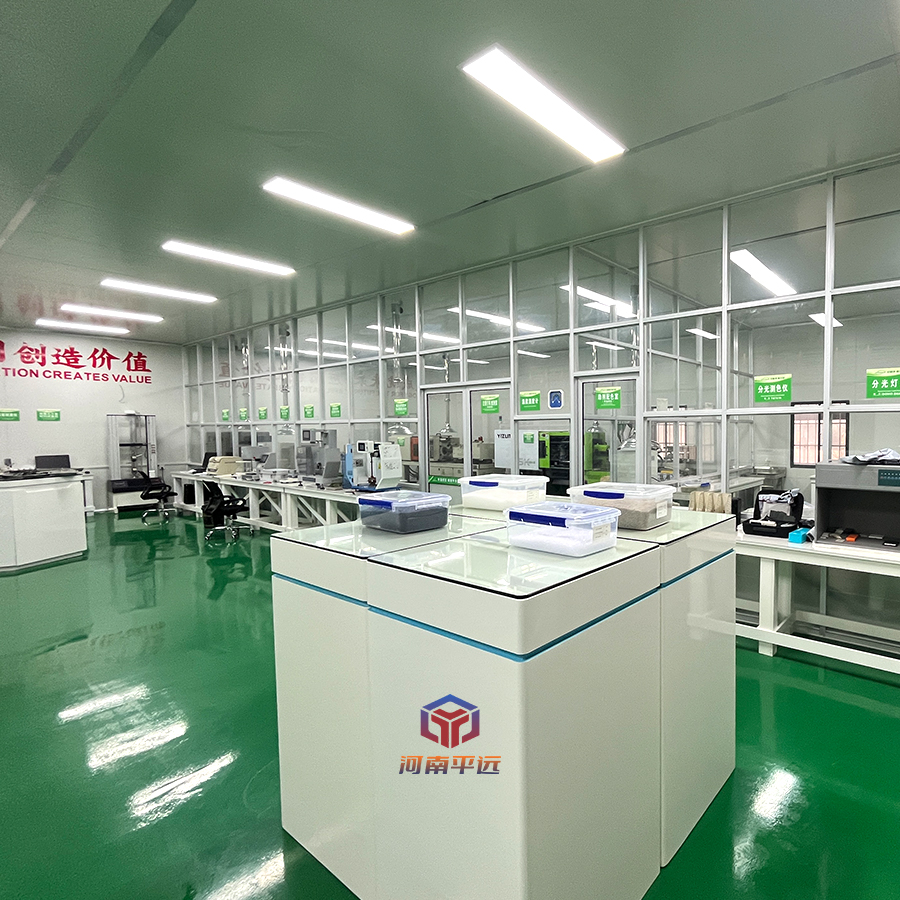What is PCR ABS?
 Pingyuan technology company
Pingyuan technology company 2024-03-13
2024-03-13
PCR-ABS is a plastic raw material in which PCR (Post-Consumer Recycled Material) refers to materials that are pre-processed (e.g., disassembled, sorted, cleaned), crushed, melted, and re-pelletized from post-consumer recycled products. Specifically, these materials are mainly derived from plastics in appliances and electronic equipment discarded after daily use by consumers. ABS (Acrylonitrile Butadiene Styrene), on the other hand, is a plastic synthesized from three chemical monomers, namely acrylonitrile, butadiene and styrene, and is characterized by high strength, thermal stability, chemical stability, toughness, impact resistance, as well as ease of processing and high finish.

PCR-ABS, as one of the main products of Henan Pingyuan New Material Company, combines the advantages of post-consumer recycled plastic (PCR) and plastics synthesized from three chemical monomers: acrylonitrile, butadiene and styrene (ABS). This raw material is not only non-toxic, odorless, low water absorption and easy to process, but also its products can be dyed in various colors to meet the needs of different fields.
Henan Pingyuan New Material Company utilizes PCR-ABS raw material to produce cosmetic boxes, stationery, toys, tool boxes, pet shovels, electronic appliances and other products, which are widely recognized in the market. These products not only have excellent performance, but also meet environmental requirements, providing consumers with greener and healthier choices.
